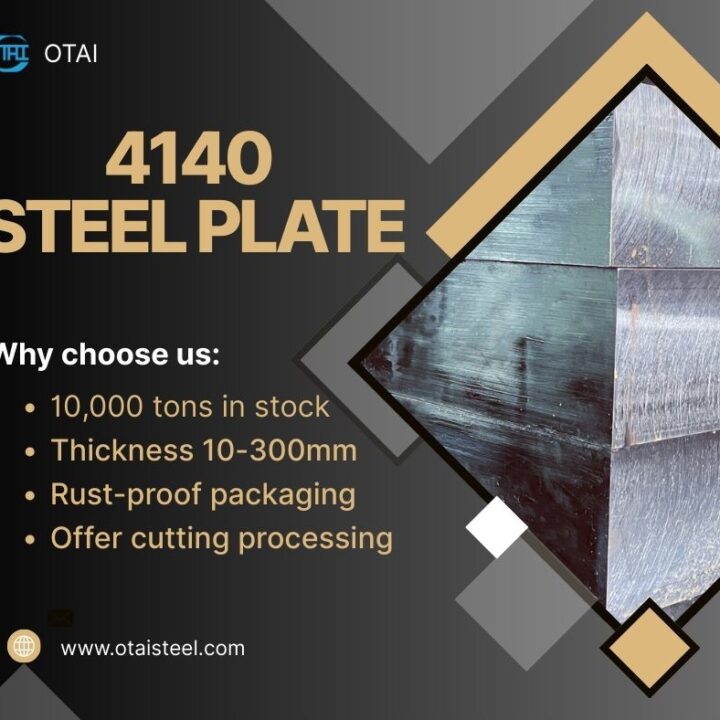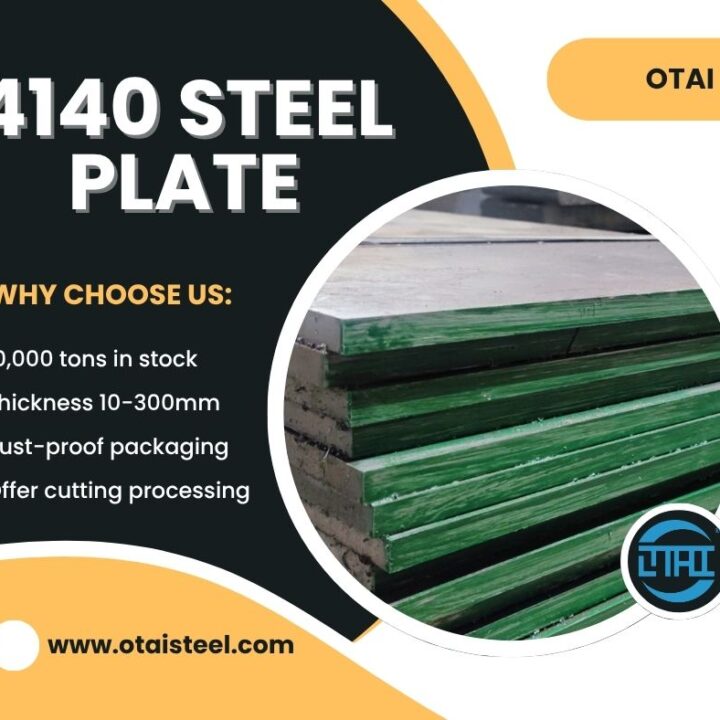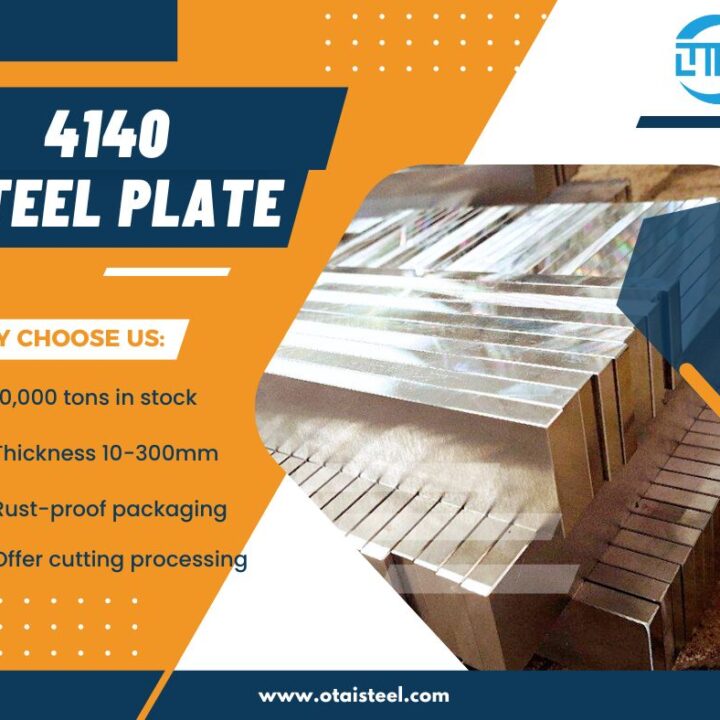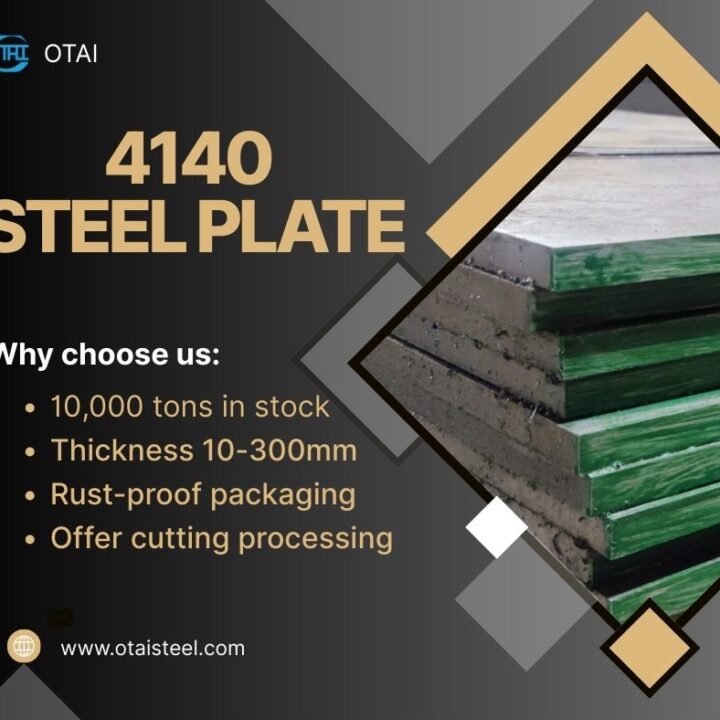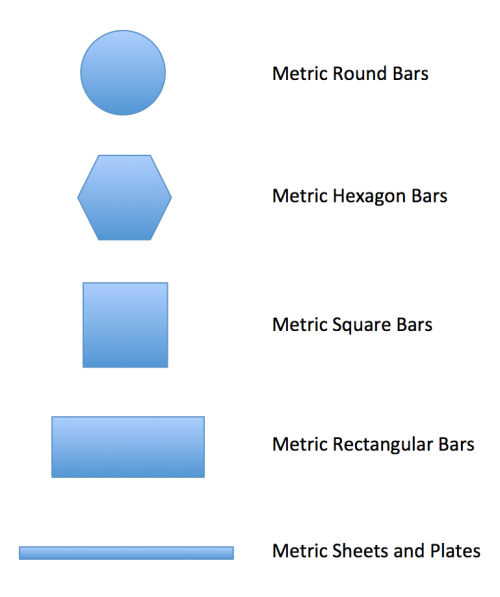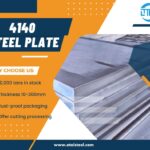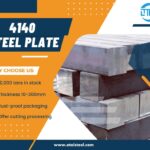 Flame Hardening 4140 Steel: How It Works and When to Use It
Flame Hardening 4140 Steel: How It Works and When to Use It
If you’re working with parts that need localized hardness without sacrificing core toughness, then flame hardening 4140 steel might be just what you need. It’s one of the most effective ways to improve surface durability—especially for components under wear and abrasion.
But how does it really work? What are the key process parameters? And is it better than other surface hardening options?
Let’s dig into the facts, tech tips, and practical use cases that every engineer, machinist, or buyer should know. ⚙️
🔍 What Is Flame Hardening and Why Use It on 4140?
Flame hardening is a type of surface hardening process that uses high-temperature oxy-fuel flames to rapidly heat the steel surface, followed by immediate quenching. This creates a hard martensitic outer layer, while the core stays tough and ductile.
When applied to 4140 steel—a chromium-molybdenum alloy with good hardenability—the results are excellent. You get:
-
High surface hardness (50–60 HRC)
-
Enhanced wear resistance
-
Minimal distortion if done correctly
-
Cost-effective localized treatment
📌 Can you flame harden 4140 steel?
Absolutely! In fact, 4140 responds very well to flame hardening because of its carbon content (~0.40%) and alloying elements like Cr and Mo, which improve hardenability.
🧪 Chemical & Mechanical Foundation of 4140
Before understanding flame hardening process for 4140 steel, it helps to know the base material:
| Element | Composition (%) |
|---|---|
| Carbon (C) | 0.38 – 0.43 |
| Chromium (Cr) | 0.80 – 1.10 |
| Molybdenum (Mo) | 0.15 – 0.25 |
| Manganese (Mn) | 0.75 – 1.00 |
| Silicon (Si) | 0.15 – 0.35 |
Its strength, fatigue resistance, and alloy content make it ideal for surface hardening 4140 steel with flame.
🔥 How Flame Hardening Works for 4140 Steel
Here’s a simplified step-by-step:
-
Preheat not required (if part is not massive or under residual stress)
-
Apply flame to the surface using oxy-acetylene torch or automated flame head
-
Heat surface quickly to ~1600–1700°F (870–925°C)
→ This is the critical flame hardening temperature for 4140 steel -
Quench with water or polymer spray immediately
-
Optional stress relieving or tempering to stabilize part
This transforms the surface into hard martensite, while the core remains unaffected.
📏 Typical Flame Hardening Results on 4140
Here are typical outcomes after flame hardening:
| Property | Value |
|---|---|
| Surface Hardness (HRC) | 50 – 60 HRC |
| Case Depth | 1.0 – 5.0 mm |
| Core Hardness (Q&T 4140) | 28 – 32 HRC |
| Best Geometry | Shafts, gears, rails, tracks |
| 4140 steel hardness after flame hardening | High enough for tooling & wear parts |
The 4140 steel flame hardening depth depends on flame duration, torch power, and quench timing. Typical case depths range between 1.5–3 mm, which is ideal for wear surfaces.
🆚 Flame Hardening vs Induction Hardening for 4140
If you’re comparing flame hardening vs induction hardening 4140, here’s what to consider:
| Feature | Flame Hardening | Induction Hardening |
|---|---|---|
| Equipment Cost | Lower | Higher |
| Precision | Moderate | High (automated control) |
| Ideal For | Small to medium batches | High-volume production |
| Heat Penetration Control | Manual | Exact control via frequency |
| Application Flexibility | High (any geometry) | Limited to compatible shapes |
So which one is better?
-
Use flame hardening when you want cost-effective surface hardening for limited or custom parts
-
Choose induction for high-repeatability jobs where precision is critical
🧰 Common Applications of Flame Hardened 4140
4140 is often flame hardened in industries like:
-
🚛 Automotive: axles, camshafts, steering arms
-
🏭 Industrial machinery: guide rails, wear strips
-
🛢️ Oil & gas: downhole tools, pump rods
-
⚙️ General engineering: gears, bearing races
-
🔧 Tooling: anvils, punches, shearing blades
In these areas, flame hardened 4140 applications are favored for combining strength with surface wear resistance.
💡 Tips for Successful Flame Hardening of 4140
-
Use controlled flame head movement for even heating
-
Avoid overheating—causes excessive decarburization
-
Always quench immediately after heating
-
For critical parts, perform post-hardening tempering at ~500°F (260°C) to relieve internal stress
-
Avoid flame hardening thin sections—they may warp
Also: never flame harden nitrided or case-hardened parts, as surface cracking may occur.
🧪 Alternate Heat Treatment Options for 4140 Steel
If flame hardening isn’t ideal for your project, consider these heat treatment options for 4140 steel:
-
Quenching and Tempering (Q&T): For full cross-section hardness
-
Nitriding: For very thin, high surface hardness without quenching
-
Carburizing: Adds carbon to low-carbon steels, not common for 4140
-
Induction Hardening: Precision surface treatment like flame hardening, but costlier
🏭 Why Choose Otai for Flame Hardenable 4140 Steel?
At Otai Special Steel, we’re more than just a steel supplier—we’re your heat treatment advisor and reliable partner. Here’s why global customers trust us:
- Over 10,000 tons of 4140 steel in stock
- Available in annealed, Q&T, or normalized condition
- Thickness from 6mm to 300mm, cut to exact size
- Chemical and mechanical testing (with SGS/BV support)
- Support with flame hardening guidelines and post-processing
- Supplied to companies like Thyssenkrupp, Borealis, Schlumberger
- Export-ready: rust-proof packaging, fast global delivery
📧 Email: jack@otaisteel.com
📱 WhatsApp: +8676923190193
❓FAQs – Flame Hardening 4140 Steel
Q1: Can I flame harden 4140 at home?
Technically yes, but you need controlled flame equipment and quenching setup. DIY may risk warping or cracking.
Q2: What’s the best torch for flame hardening 4140?
Use an oxy-acetylene torch with a neutral or slightly carburizing flame.
Q3: How deep can flame hardening go on 4140 steel?
Typically 1.5–3.0 mm. Deeper cases require longer exposure and multiple passes.
Q4: Should I temper 4140 after flame hardening?
Yes, light tempering helps reduce internal stress and improve toughness.
Q5: Is flame hardening better than induction for 4140?
It depends—flame hardening is cheaper and flexible; induction is more precise and repeatable.
